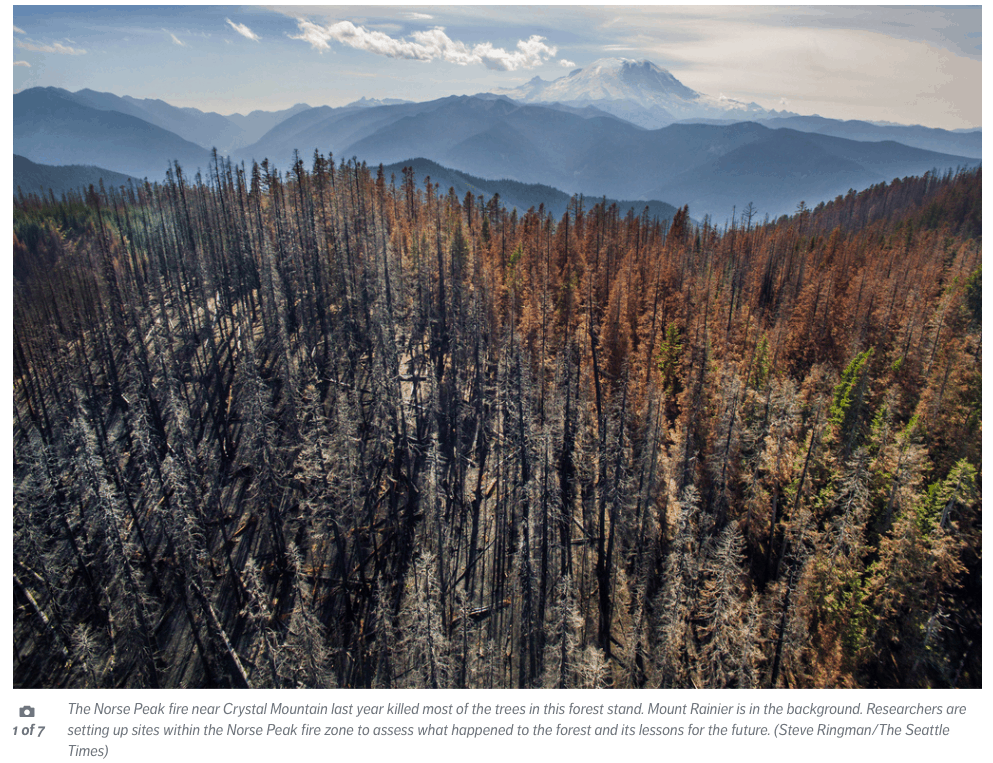
Background: I had been in my job as Regional Planning Director and Accumulator of Other Random Tasks for about six years when it was decided by someone above me that I should retire. My boss was the Deputy Regional Forester (a job that had a fair amount of turnover and actings) (DRF) and his boss was the Regional Forester (RF) and his boss was the Chief.
So one day I walked in and was asked if I would go on a detail. Silly me I thought of that as “you go and come back”. It took me awhile to realize they meant “you go and never come back and when you can’t abide this silly assignment anymore you can retire.” ]My first thought was, “hey I’ve taken all that training and they can’t do that!” So first I looked at an EEO complaint, and I called someone far away on a help line. They said I’d need to prove somehow that gender discrimination was behind it. Well, no one was going to go around saying that so I could write it down. And it could have been sort of what I call “second order”, when men are confident that’s good, if women are it’s abrasive, if employees complain about men supervisors they are whiners, if they complain about a female, she is a poor leader, and so on. Who knows? And how could you prove it?
The only thing I can say about this experience is that I don’t think having hotlines necessarily help. They are probably incentivized to close cases (or process them at a certain rate of speed). They don’t know the organizational and personality context. Finally, hearing someone’s story in person is very different than a disembodied voice.
Our own (HR Civil Rights) folks in the Region (fortunately I was lucky to have them in the same building) were the only people I could count on. They had a listening ear and good advice. My take-home: centralizing is not always good.
So I started a grievance, because, sure enough, you can’t just take someone out of their job without cause. Unfortunately, my grievance was denied by an Acting DRF (yes, working for the same person who had thought up the “let’s get rid of Sharon” scheme.) This particular Acting was a peer of mine in regular life (personally, this was the toughest part) and, of course, had no real rationale.
But then it went to the next level, and someone in Region 8 accepted my grievance and said I could have my job back. So ultimately the system “worked,” but you can see if the second level hadn’t been outside the Region, the outcome could have been different.
But my point is that the formal system can work, but the informal system can still shun you. As my first boss in the Forest Service told me (when I applied to have my position audited in 1980 against the will of the Forest Supervisor) “you may win the battle but you will lost the war.”
So I went back, and folks in the WO treated me like a ghost. My peers went back to treating me as they had before. Members of my staff who had participated in the drama were unhappy with me coming back. My boss wouldn’t give an employee a detail because the WO had told him she was not OK (the most loyal responsible non-bloggy person in the world) because she had a blog. This blog. He could have looked it up instead of believing the WO gossip. Oh well.
Bottom line, I would never judge a person for not reporting something, because shunning is a pretty awful thing to endure (as Melody Mobley also talked about here). If people want to get rid of employees they can- presumably the shunning system and career civil service regulations co-evolved. And there is literature on organizational shunning, also called ostracism, so perhaps management folks have ideas about how to deal with it.



